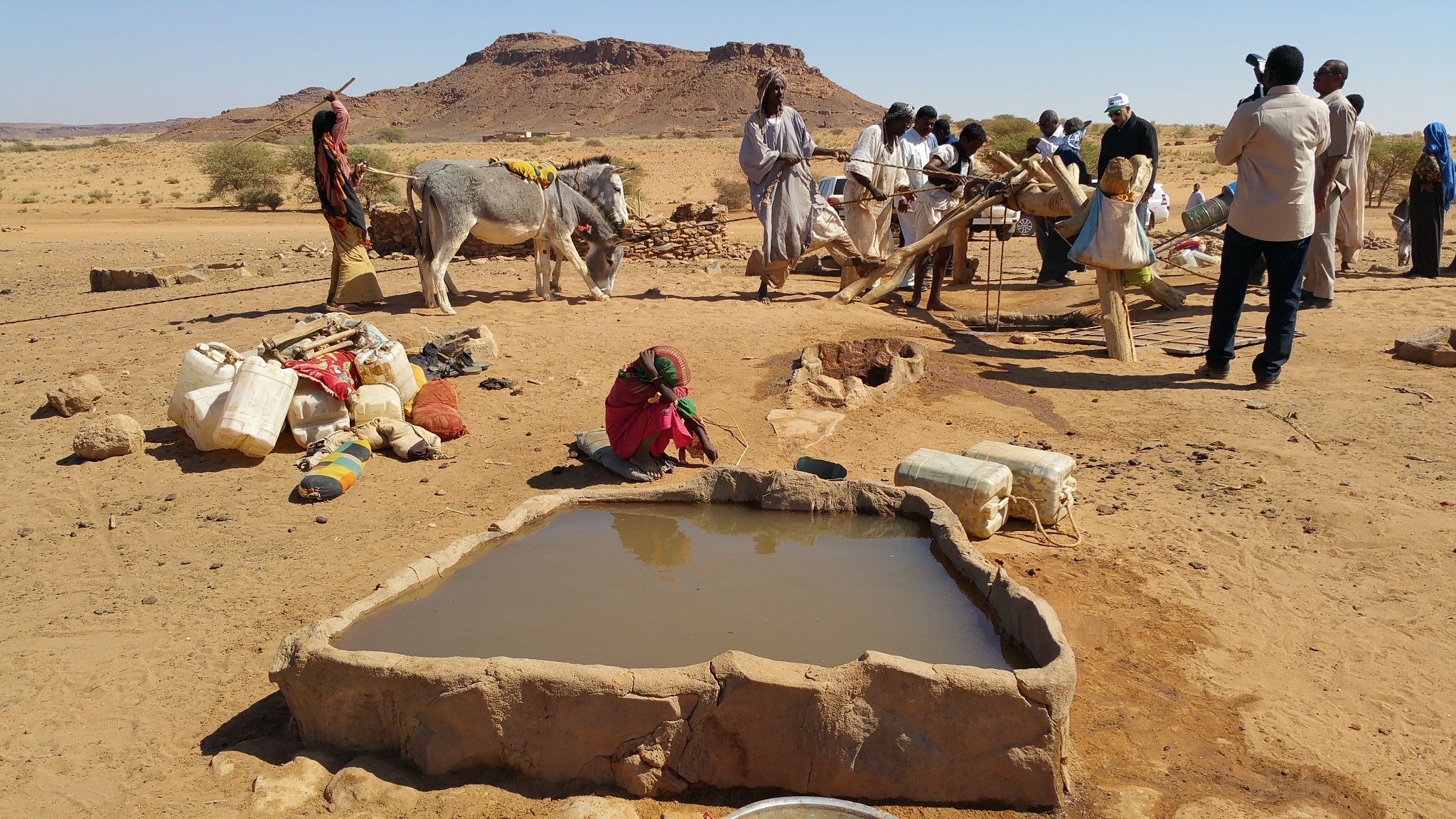Nyala, March 28(Darfur24)The Darfur region is facing a shortage of food grains this year – according to information obtained by Darfur24 from the governments of the states of the region – at varying rates from one state to another. The state, Hammad told Darfur 24 that the strategic stock of food grains – corn and millet – in the state does not exceed 20,000 tons, while the state needs about 30,000 additional tons to meet this need. Hammad stated that the state government submitted a request to the state agricultural bank to provide these quantities to fill imperfection.
However, he indicated that the Ministry of Agriculture is still conducting an agricultural survey to find out the actual production volume of the last agricultural season and prepare an integrated report on the food security available in the state. Hammad explained that during this season, 5 million acres of food grains were planted.
The United Nations Food and Agriculture Organization (FAO) and the World Food Organization warned – last week – of the combined effects in Sudan resulting from the conflict, the economic crisis and the poor harvest of the agricultural season, and stressed that they significantly affect people’s access to food.
The two organizations said in a joint statement that the number of people facing acute hunger in Sudan is likely to double to more than 18 million by next September.
Meanwhile, the local government at night, east of the city of Nyala, the state capital, issued a decision to prevent the transfer of food grains outside the locality, in a step to control the expected food shortage in the coming months. and refugees from South Sudan, and that the ministry’s vision is to trade food grains within the state’s borders onlyIn East Darfur, the Ministry of Agriculture acknowledged the absence of a strategic food stockpile, and the Director General of the Agriculture Sector Othman Adam Jibril said that the Ministry’s stores and the Agricultural Bank are completely free of food grains.
Othman said that the preliminary indicators of the agricultural survey in eastern Darfur are not promising, as production does not exceed 60%.
Meanwhile, the organizations operating in the displacement camps in Darfur decided to stop distributing foodstuffs to the displaced. A prominent leader in Kalima camp, “Mohammedin Muhammad Abdullah,” said that the organizations informed them that they would start distributing sums of money to the families of the displaced in the camp instead of foodstuffs, and Muhammadin mentioned that this decision It will have catastrophic consequences for the displaced, in that the prices of food grains have risen dramatically. Mohamadin mentioned that agricultural production this year is low. He added: Even the displaced who were able to overcome the bad security conditions had low production that did not suffice them.
He explained that the price of a sack of maize amounted to 35,000 pounds in the camp, which is 17 kilometers from the city of Nyala, the state capital.
The Darfur region is one of the areas with high productivity of rain-fed agricultural crops, especially food grains “all kinds of maize and millet” and oilseeds “peanuts and sesame.”
However, the prices of food grains in the region rose to record figures, as the price of a sack of millet in the El Daein market reached 40 thousand pounds, and a sack of corn 28 thousand pounds, while the price of a sack of millet in the markets of the city of Nyala recorded an increase of 35 thousand pounds, and fertit maize 22 thousand pounds, and maize sorghum 30 Thousand pounds.
Citizens of North Darfur expressed their fears about the high prices of food grains in the markets of the city of El Fasher, the state capital, and Adam Saleh told Darfur 24 that the increase in food grain prices in El Fasher and in North Darfur in general was expected due to the poor security conditions witnessed by most of the countryside of the state, but these increas

